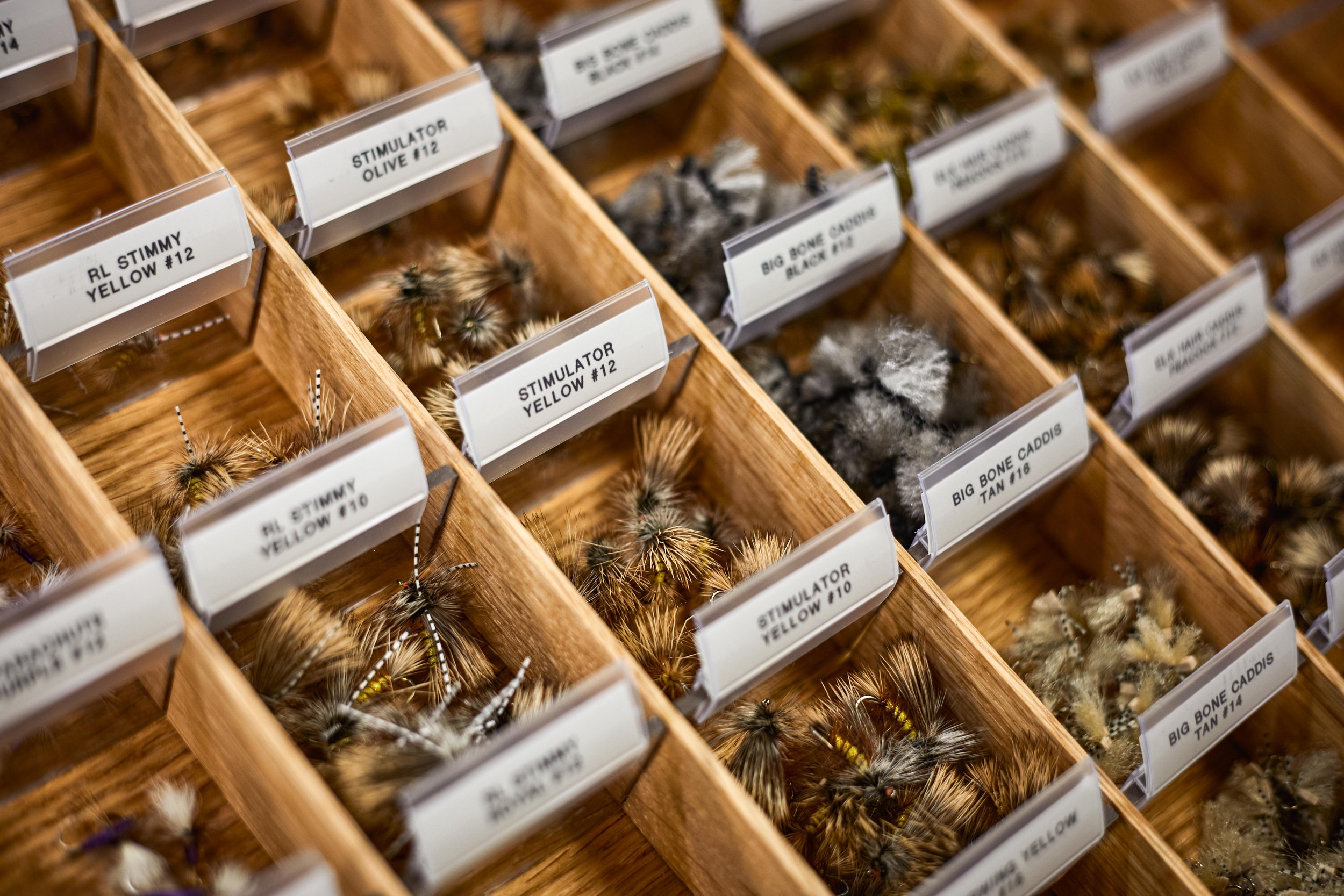Species &
Rivers
Roanoke Angler is fortunate to be centrally located to a number of fantastic fisheries, with opportunities for a variety of species and year-round fishing.
Virginia Smallmouth and Musky Fisheries
-
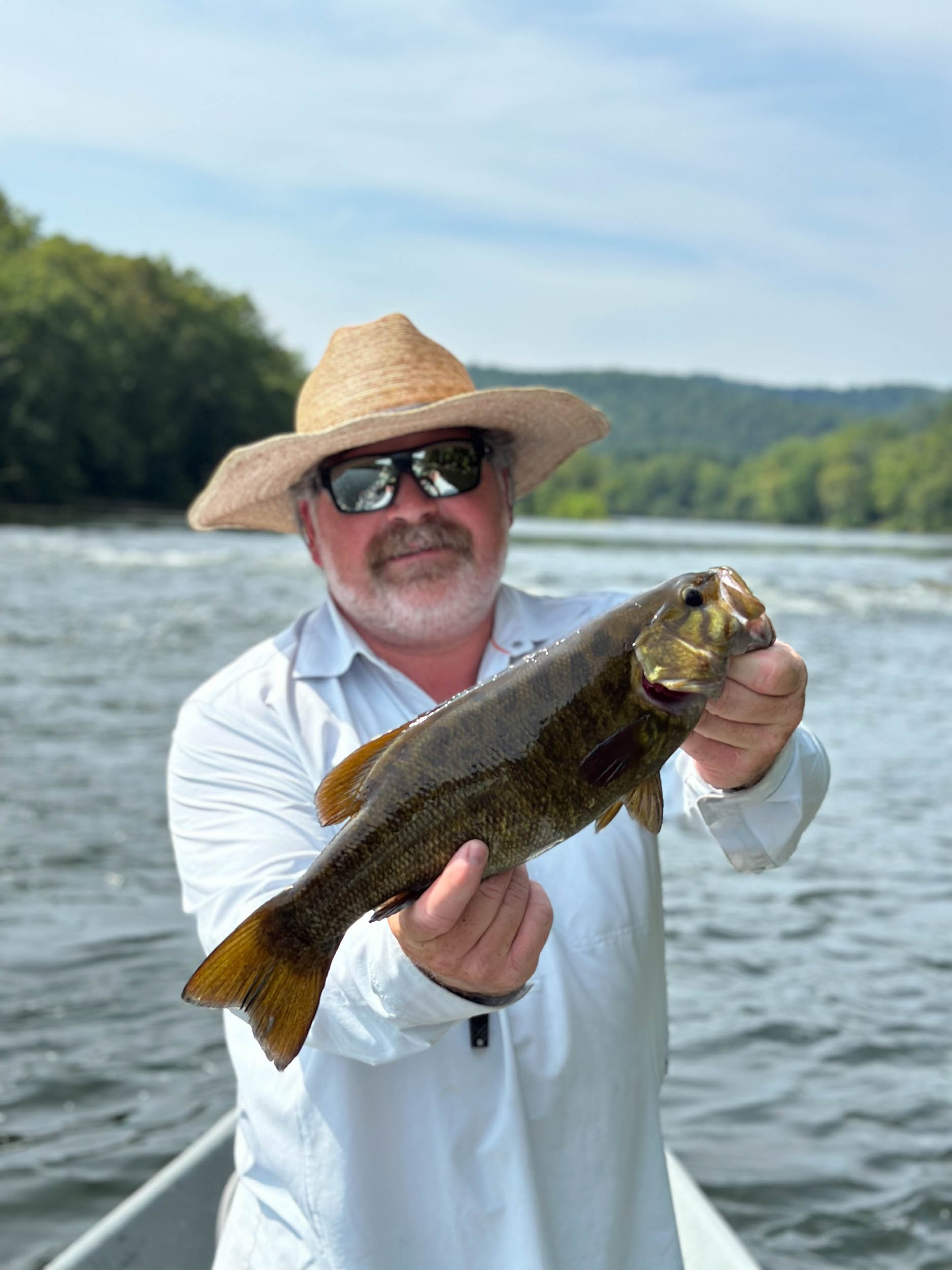
New River
Contrary to its name, the New River is one of the oldest rivers in the world. It flows north out of North Carolina into Virginia, and eventually into West Virginia—boasting world-class smallmouth and musky fishing along the way. Anglers should expect beautiful scenery, solitude and excellent fishing from the Upper New all the way downstream to the West Virginia state line.
-
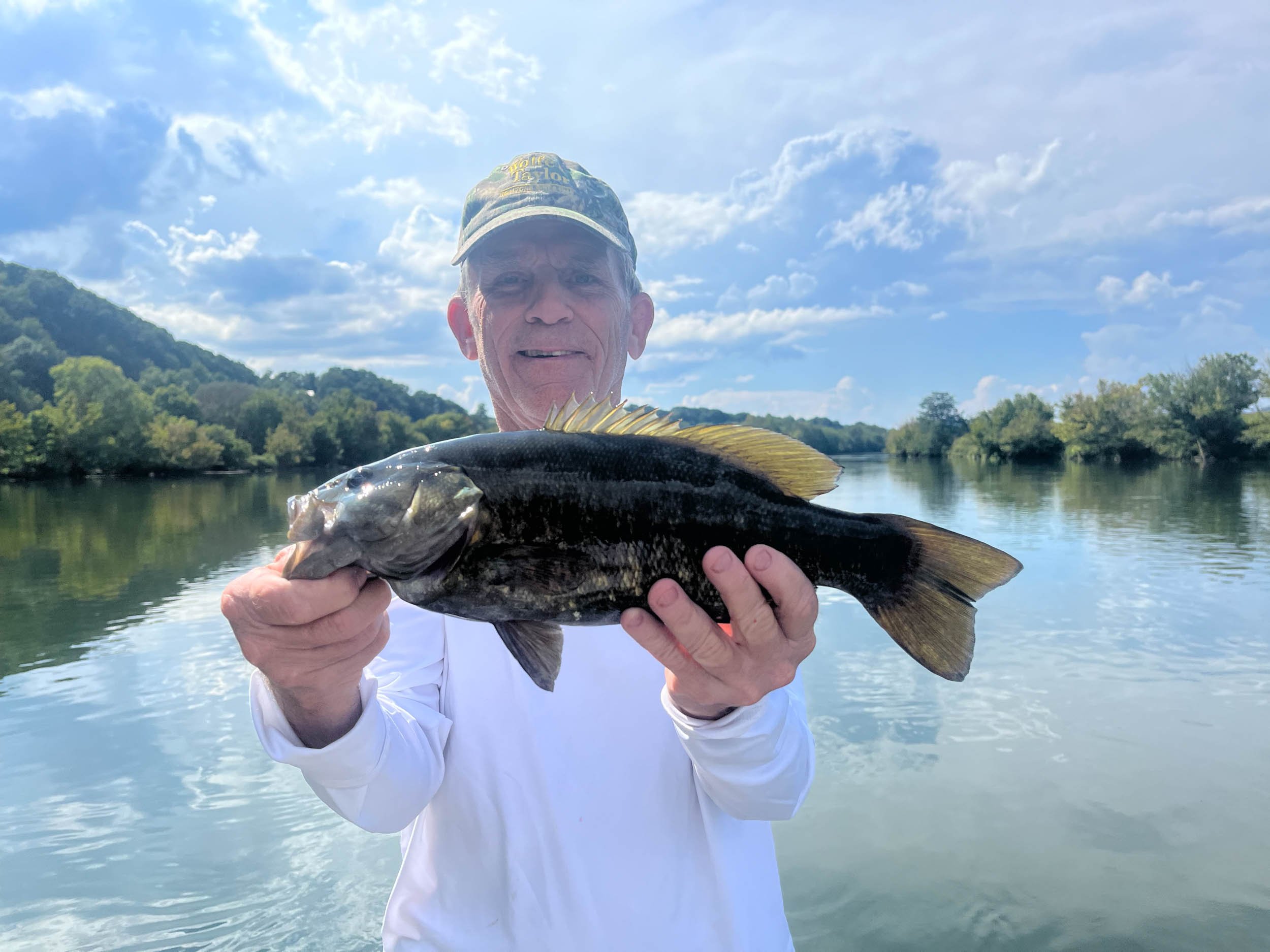
James River
Originating at the confluence of the Jackson and Cowpasture Rivers, the James River is the longest river in the state of Virginia. Roanoke Angler focuses primarily on the Upper James River downstream to Lynchburg, VA. The James offers scenic floats with opportunities for both smallmouth and musky. Careful management by Virginia DWR has created a high density musky population, making the Upper James a well-known destination for musky anglers.
Virginia smallmouth season generally runs April-September, with consistent top-water fishing throughout the warmer months. Virginia musky fishing is best October-March, with opportunities for large fish during the winter months.
Tennessee Smallmouth and Musky Fisheries
-
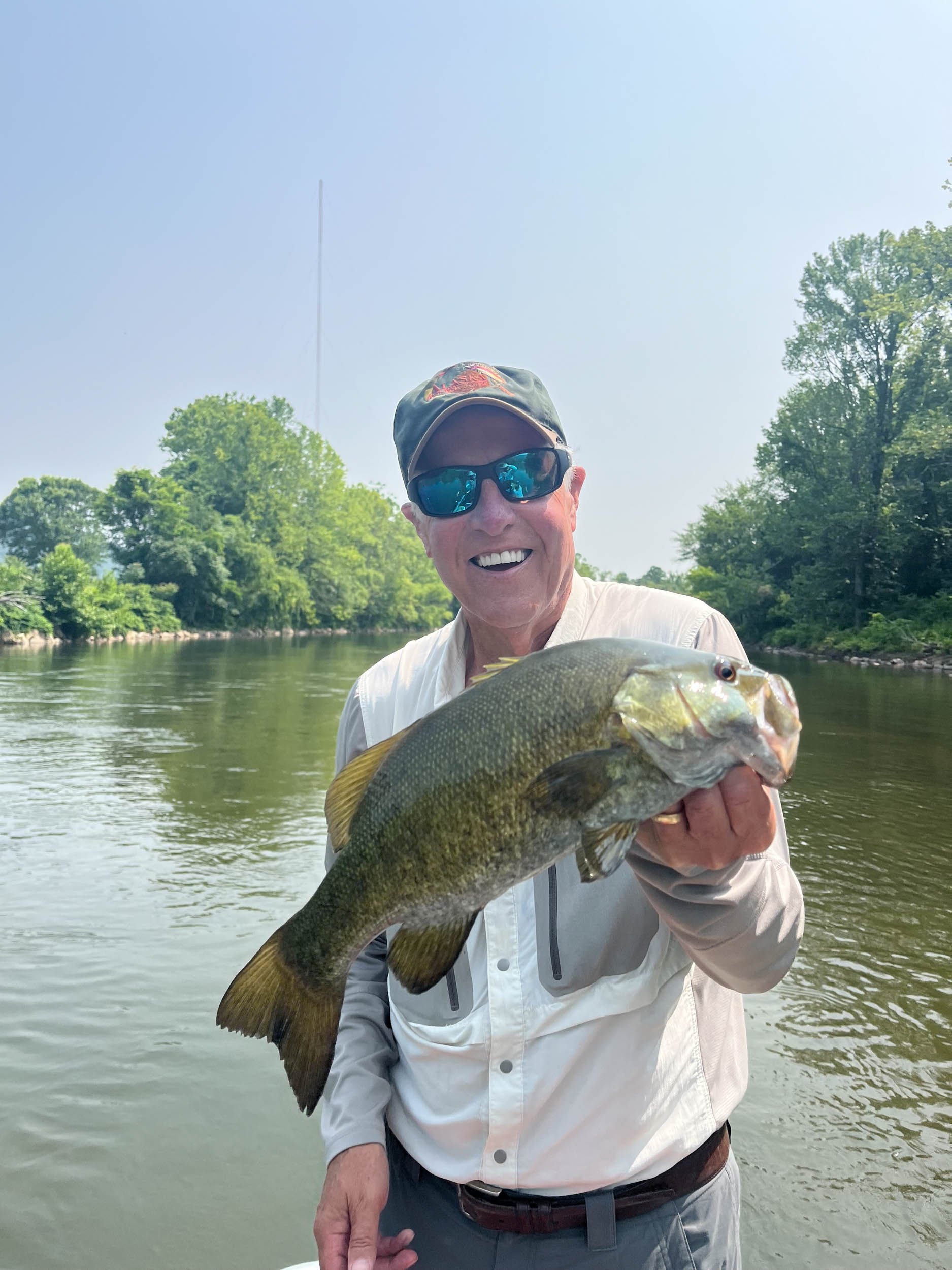
Nolichucky River
The Nolichucky River flows out of North Carolina into Tennessee and is a great option for the adventurous angler. Floats include breath-taking natural rock formations and a few splashes from light whitewater rapids along the way. Expect good action from smallmouth, rockbass and sunfish, with an occasional rainbow trout along the way. The river is a low-density musky fishery, but can produce larger average fish.
-
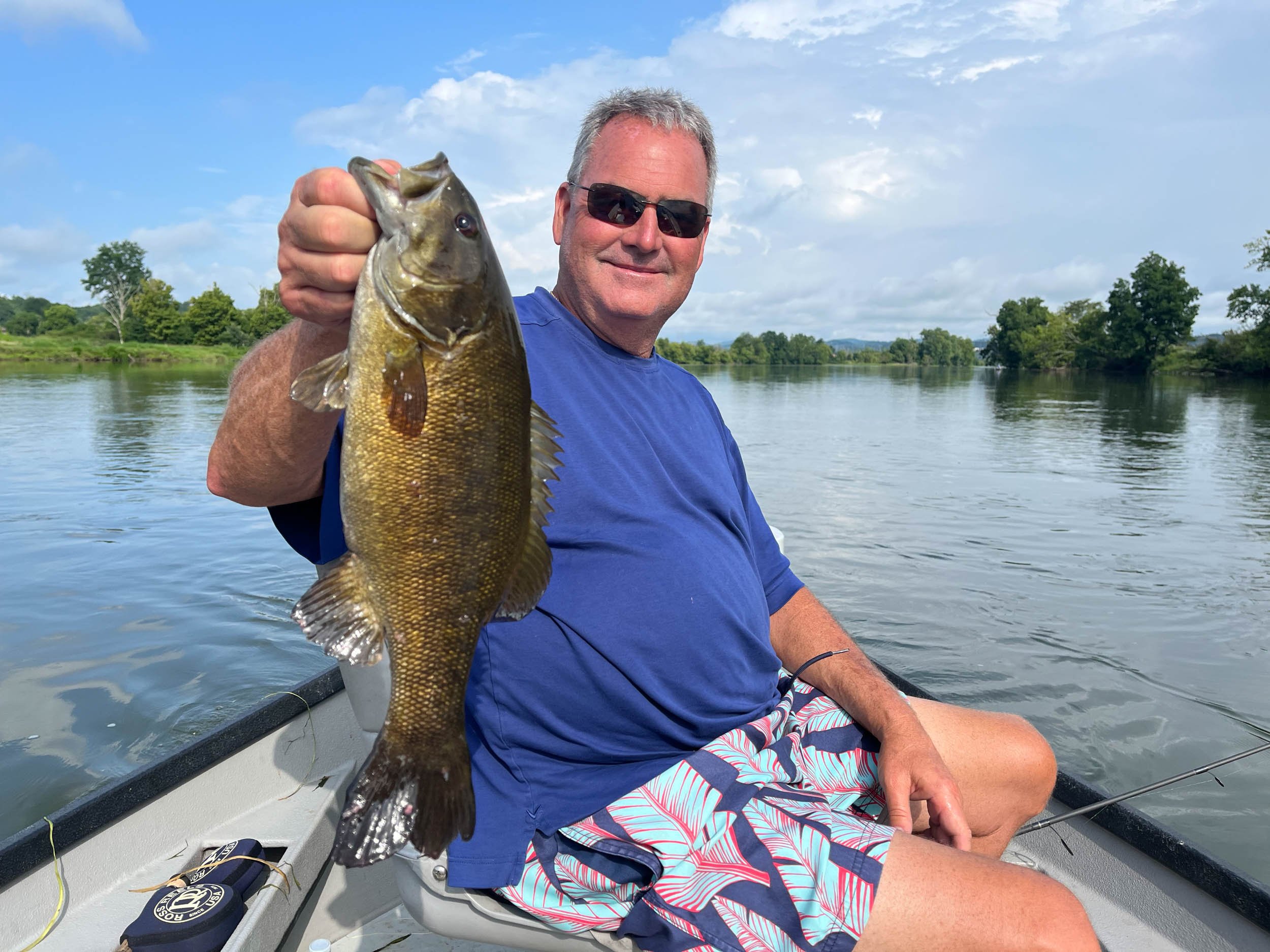
Holston Proper
A tailwater of Fort Patrick Henry Reservoir, the “Holston Proper” begins at the confluence of the North and South Holston Rivers in Church Hill, TN. This stretch of river is characterized by limestone shoals, expansive grass-beds and high numbers of large, aggressive smallmouth bass. It is one of the best rivers in the southeast to consistently catch above average sized fish, but can be challenging due to the pressure it receives. High risk, high reward fishery.
Tennessee smallmouth season generally runs April-September, with consistent top-water fishing throughout the warmer months. Tennessee musky fishing is best October-March, with opportunities for large fish during the winter months.
Tennessee Trout and Striper Fisheries
-

Watauga River
Located in Elizabethton, TN—the Watauga River flows downstream from the base of Wilbur Dam into Boone Lake. Approximately 17 miles of cold, oxygenated trout habitat as well as prolific seasonal insect hatches, have created one of the better trout fisheries east of the Rockies. Renowned for its caddis hatch, the Watauga also sees consistent mayfly hatches in spring and early summer. Migratory striped bass take up residence in the deeper holes of the river during the late spring and summer.
-
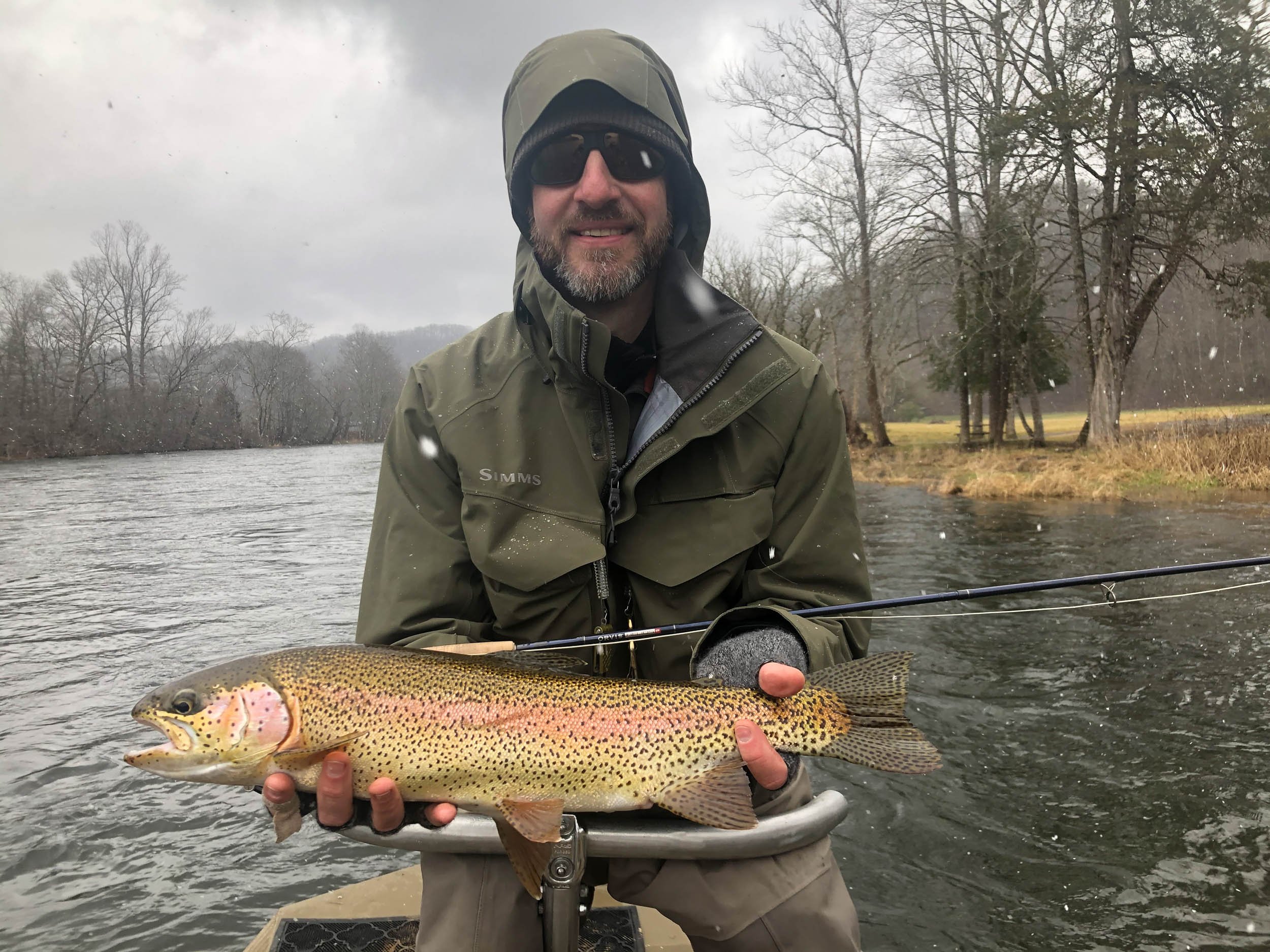
South Holston River
Often referred to as “mighty technical,” the South Holston tailwater is a classic southeastern tailwater. Abundant with aquatic insects, most notably the sulfur mayfly, the South Holston sees consistent hatches throughout the late spring/early summer. This river is best floated with a water release from the TVA and boasts extremely high wild fish count numbers. Striped bass migrate into the lower end of the river as the weather warms in the later spring.
Tennessee trout is a year-round fishery, but typically the best fishing on both rivers is March-June and October-January. The striped bass season on either river is late May-September.
